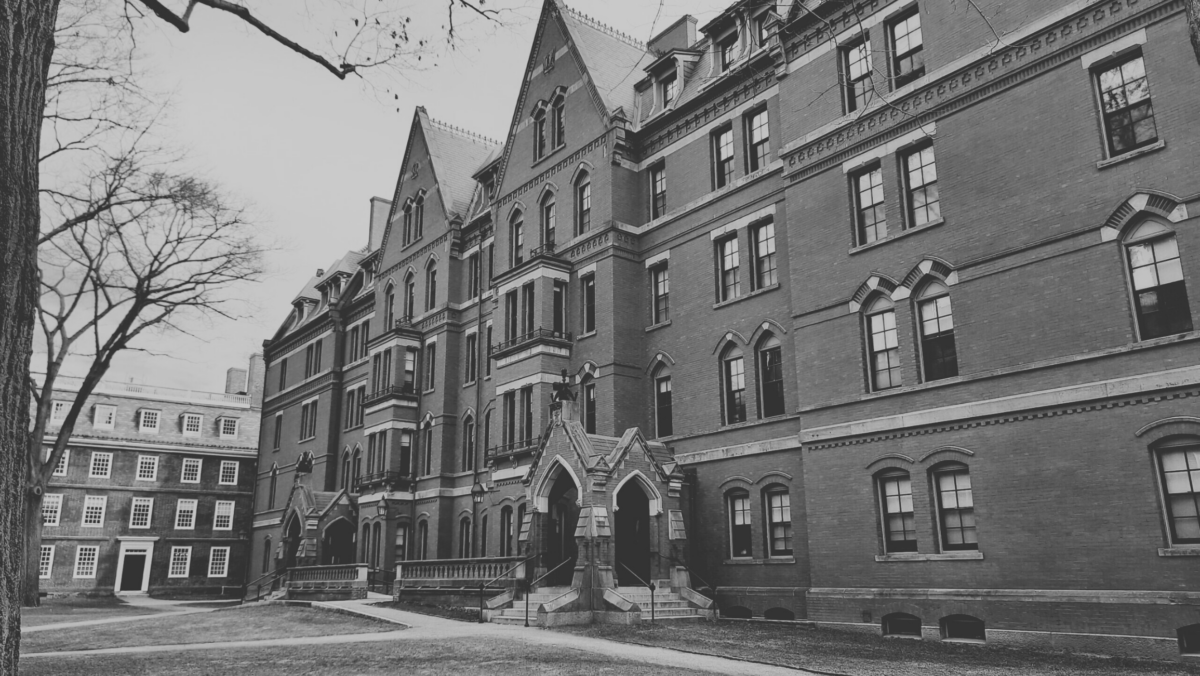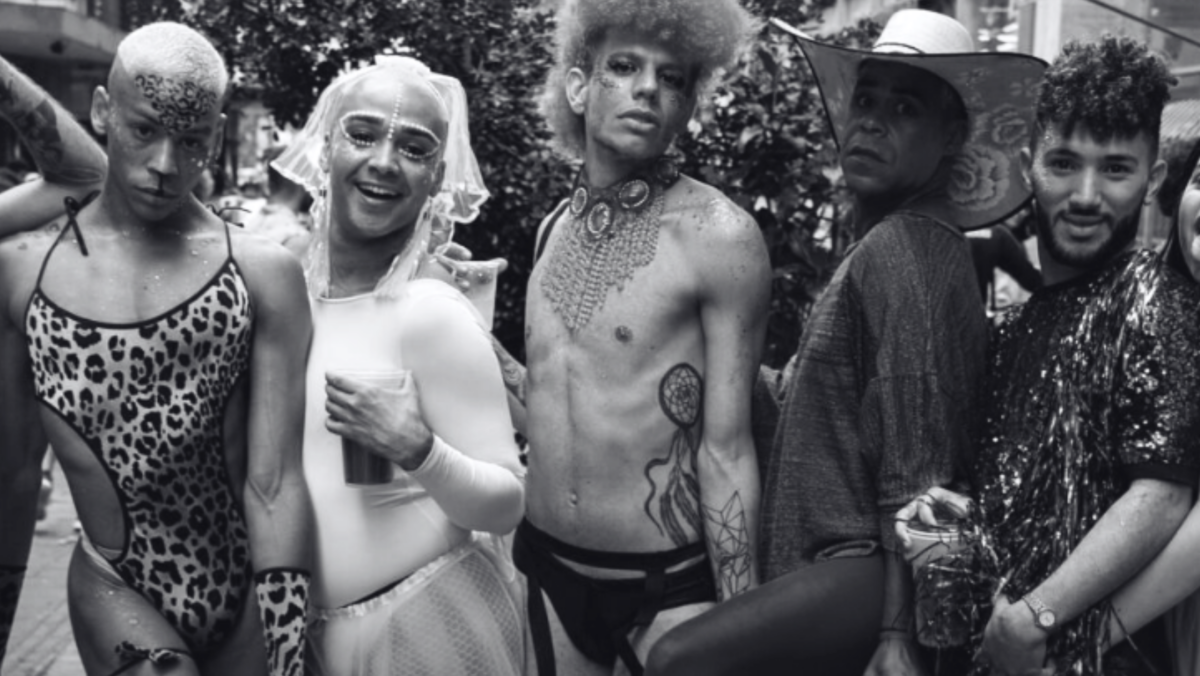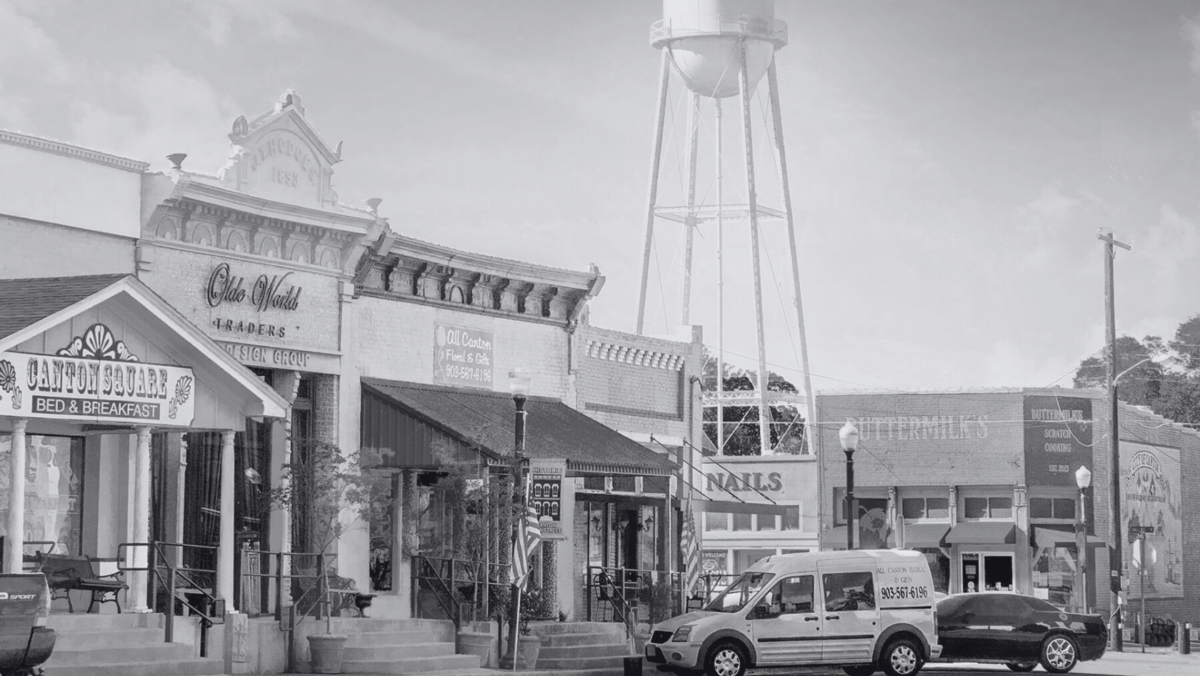On Monday, federal officials announced they would freeze $2.2 billion in federal funds for Harvard University, along with an additional $60 million grant, after the school’s leadership hauntingly refused to meet new requirements that they establish merit-based admission and hiring policies, reform university governance and audit the student body, faculty, staff and leadership to make sure the campus reflects viewpoint diversity.
Trump administration leaders might have been telling Harvard to follow what has become the Texas higher education reform model. Merit-based hiring and admissions became law in the Lone Star State last legislative session when Texas passed the strongest anti-DEI legislation in the country. University governance and viewpoint diversity are central features in the higher education reform legislation that has passed the Texas Senate and is expected to pass the Texas House and become law.
Harvard quickly said no to Trump administration officials, firing back that, among other things, the federal government didn’t define “viewpoint diversity.”
It is sad, but not surprising that the people running the nation’s oldest university don’t know what viewpoint diversity is, but a quick look around Harvard Yard should give them a clear idea of what it isn’t.
The latest report from the Foundation for Individual Rights & Expression (FIRE) once again gave Harvard an “abysmal” ranking on free speech issues—the lowest of any of the 250 universities they surveyed.
70% of students at Harvard believe it is at least sometimes acceptable to shout down a speaker to prevent him from talking. Almost a quarter of Harvard students say it can even be acceptable to use violence to stop someone from speaking and over half, 53%, say they censor themselves once or twice a month from saying what they think in class or on campus.
As for viewpoint diversity, for every conservative student at Harvard there are four liberal students.
Harvard University president Alan Garber said, “No government—regardless of which party is in power—should dictate what private universities can teach, whom they can admit and hire, and which areas of study and inquiry they can pursue.”
Garber is probably right. Harvard shouldn’t let the federal government be the boss of them. It is time for Washington to pull all federal taxpayer dollars out of Harvard so they can go it alone, standing on the principles they all agree on. (Granted, more than half may disagree, but are afraid to say so). Harvard’s $53 billion endowment is tax free and larger than the GDP of 100 countries. They can scrape by without taxpayer funds.
Of course, Harvard will scream about the loss of cutting edge research underwritten by federal funds, but the scientists who are conducting that research would undoubtedly be glad to move to a university that is still receiving federal funds—because they hire and recruit based on merit.
The Trump administration says Harvard’s response is indicative of the “troubling entitlement mindset that is endemic in our nation’s most prestigious universities and colleges.” Unfortunately that “troubling entitlement mindset” is not limited to Harvard. Some faculty and administrators at Texas universities are fighting Texas reforms in much the same way as Harvard, “decrying what they call “outside influence” on campus—and wailing that their academic freedom and rights to free speech are being attacked.
By outside influences, they mean the Boards of Regents, who are appointed by the governor to run the universities. They also mean the Texas Legislature, who are elected to appropriate the state budget and the Texas taxpayers who pay their salaries. Texans invest billions in Texas universities every year in order to ensure their children can get an education that will lead to their success in the global marketplace.
The FIRE survey at the University of Texas at Austin found its free speech rating to be almost as bad as Harvard’s. In terms of viewpoint diversity, UT’s liberal to conservative ratio is also 4 to 1, mirroring Harvard.
At the University of North Texas, 75% of students believe it is sometimes acceptable to shout down a speaker with whom you disagree and 40% of students say they censor themselves regularly. This self-censoring is not just the result of youth or inexperience. A FIRE survey of faculty found that 87% of university faculty nationwide report finding it difficult to have an open and honest conversation on campus about at least one hot button political topic. Instead of centers for open inquiry, our campuses have become the realm of thought police.
At Texas A&M and Texas Tech, the liberal to conservative ratios are about one to one, but viewpoint diversity at Texas State University and the University of North Texas is as slanted as Harvard with the ratio of liberals to conservative at 4 to 1.
Texas lawmakers have said no to all this—and more. Higher education reformers, led by Texas Lt. Gov. Dan Patrick and Senate Education Chairman Brandon Creighton, R-Conroe, are pushing back against the Ivory Tower culture. They have introduced reforms that restore universities to their mission of free speech and open debate, mandating merit based admissions and hiring and empowering Boards of Regents, while reining in faculty and administrative cabals that have created campuses where students are afraid to speak, course offerings are littered with meaningless classes and graduates receive degrees that have no value.
The Trump administration should continue to demand that universities receiving taxpayer dollars follow Texas’ lead.













